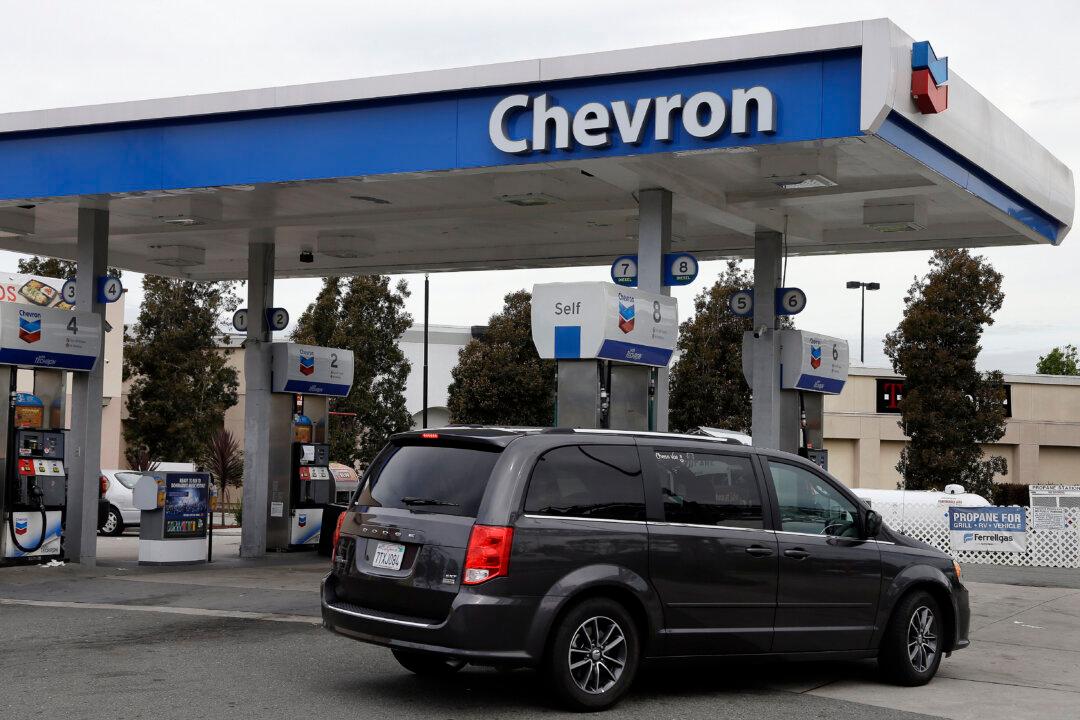Falling commodity prices cut deeply into Chevron Corp.’s first-quarter profits as the nation’s second-largest integrated supermajor seeks to return to its roots as a global oil and gas explorer.
For the period ended March 31, Chevron reported earnings of $3.5 billion, or $2 per share, down 36 percent from $5.5 billion, or $2.97 per share, in the first quarter of 2024. Total revenues fell 2.2 percent to $47.6 billion, compared with $48.7 billion a year ago.





